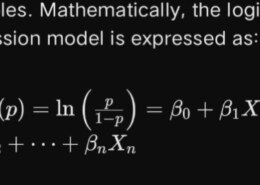Describe the process of dynamic programming. How would you approach solving the Knapsack problem using dynamic programming?
Advancements in quantum computing present a formidable challenge to current encryption methods, particularly those reliant on problems like factorization and discrete logarithms, which quantum computers can solve efficiently. This threatens the security of data protected by these traditional encryptRead more
Advancements in quantum computing present a formidable challenge to current encryption methods, particularly those reliant on problems like factorization and discrete logarithms, which quantum computers can solve efficiently. This threatens the security of data protected by these traditional encryption techniques.
To address this challenge, new cryptographic techniques are being developed that rely on different mathematical problems believed to be hard for quantum computers to solve. These include:
1. **Lattice-based Cryptography**: Security is based on the difficulty of finding short vectors in high-dimensional lattices. Examples include NTRUEncrypt and Ring-Learning with Errors (Ring-LWE).
2. **Hash-based Cryptography**: Uses hash functions to provide digital signatures and one-time signatures resistant to quantum attacks. The Merkle signature scheme is an example.
3. **Code-based Cryptography**: Security is derived from the difficulty of decoding certain linear error-correcting codes. The McEliece cryptosystem is a notable example.
4. **Multivariate Cryptography**: Relies on the complexity of solving systems of multivariate polynomial equations. Examples include the Rainbow and Unbalanced Oil and Vinegar (UOV) schemes.
These new cryptographic techniques aim to ensure data security in a post-quantum computing era, where traditional encryption methods may no longer provide adequate protection against advanced quantum algorithms.
See less

Dynamic programming (DP) is a method for solving complex problems by breaking them down into simpler overlapping subproblems and storing the solutions to these subproblems to avoid redundant computations. The key idea is to solve each subproblem only once and store its solution in a table (usually aRead more